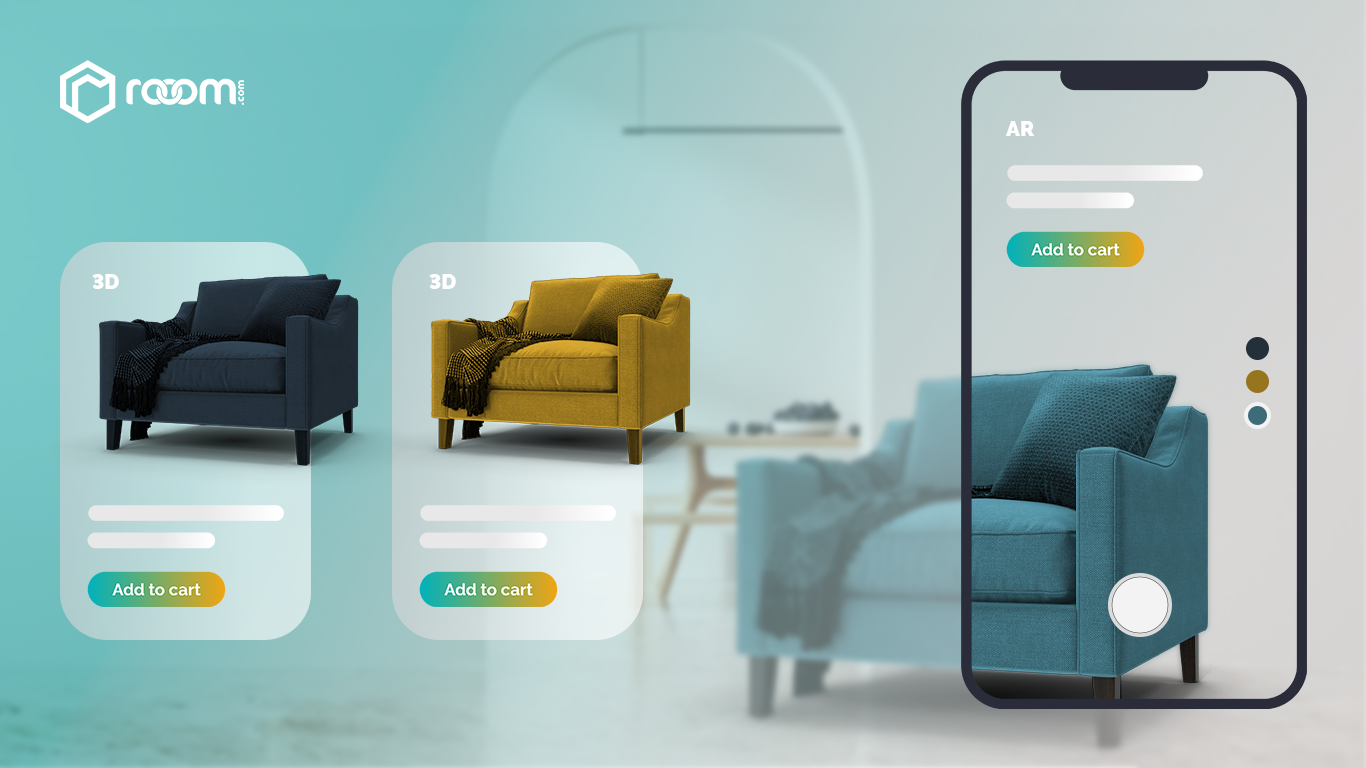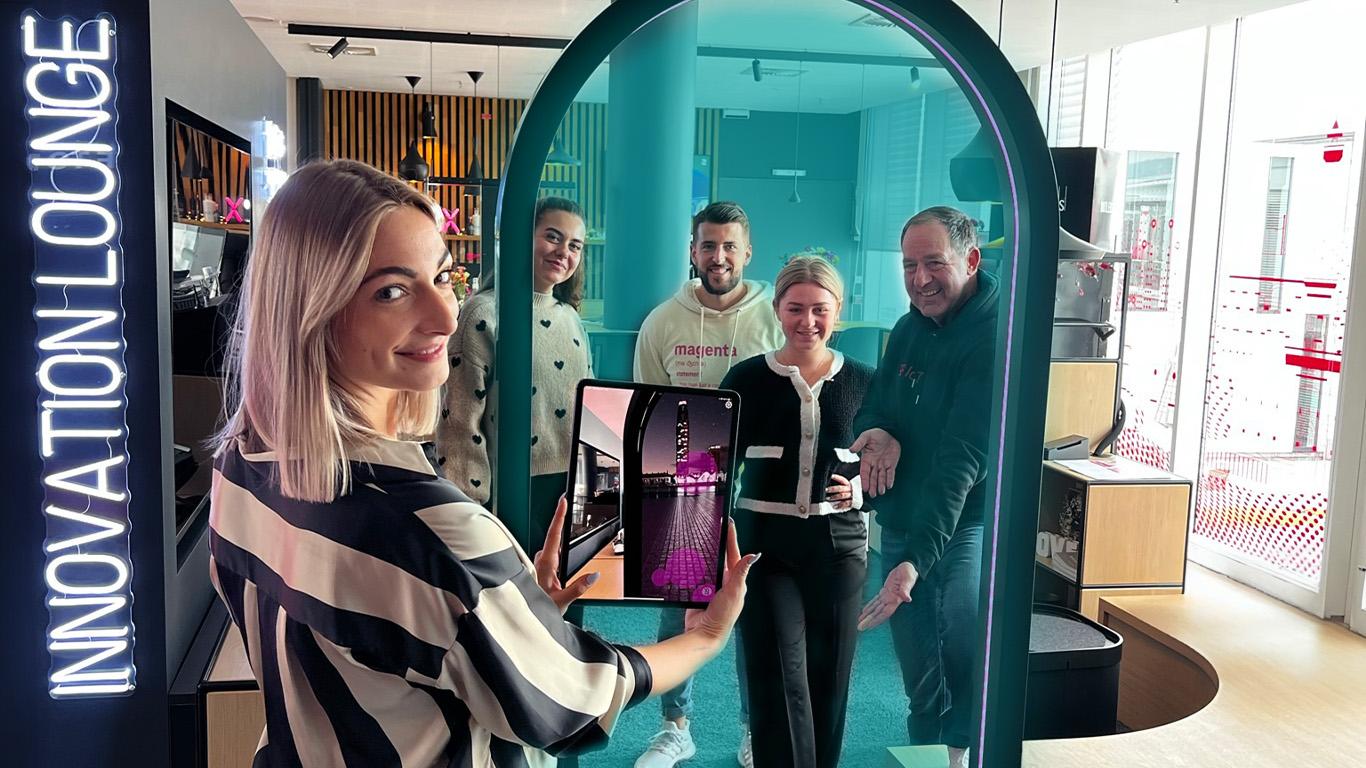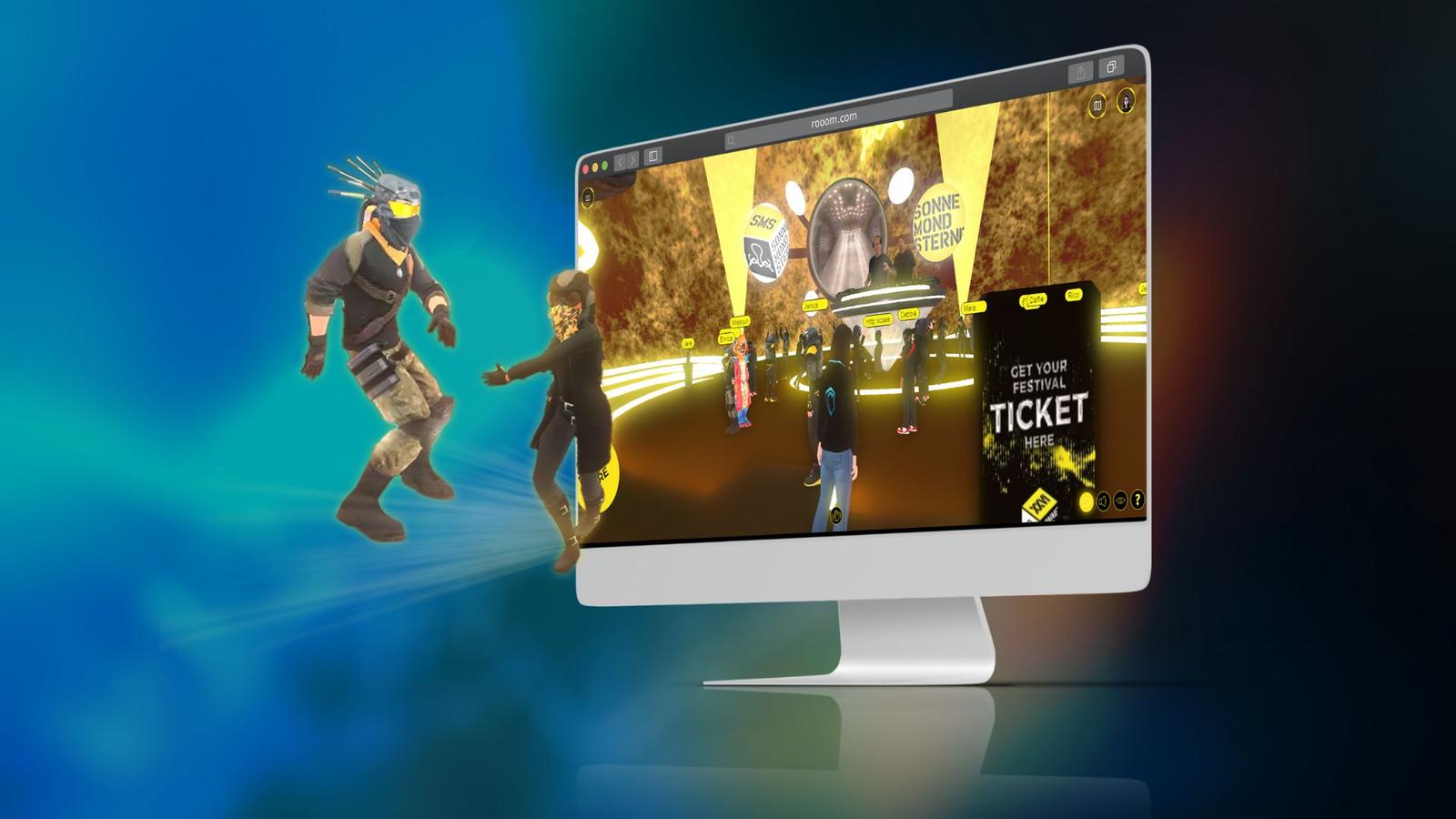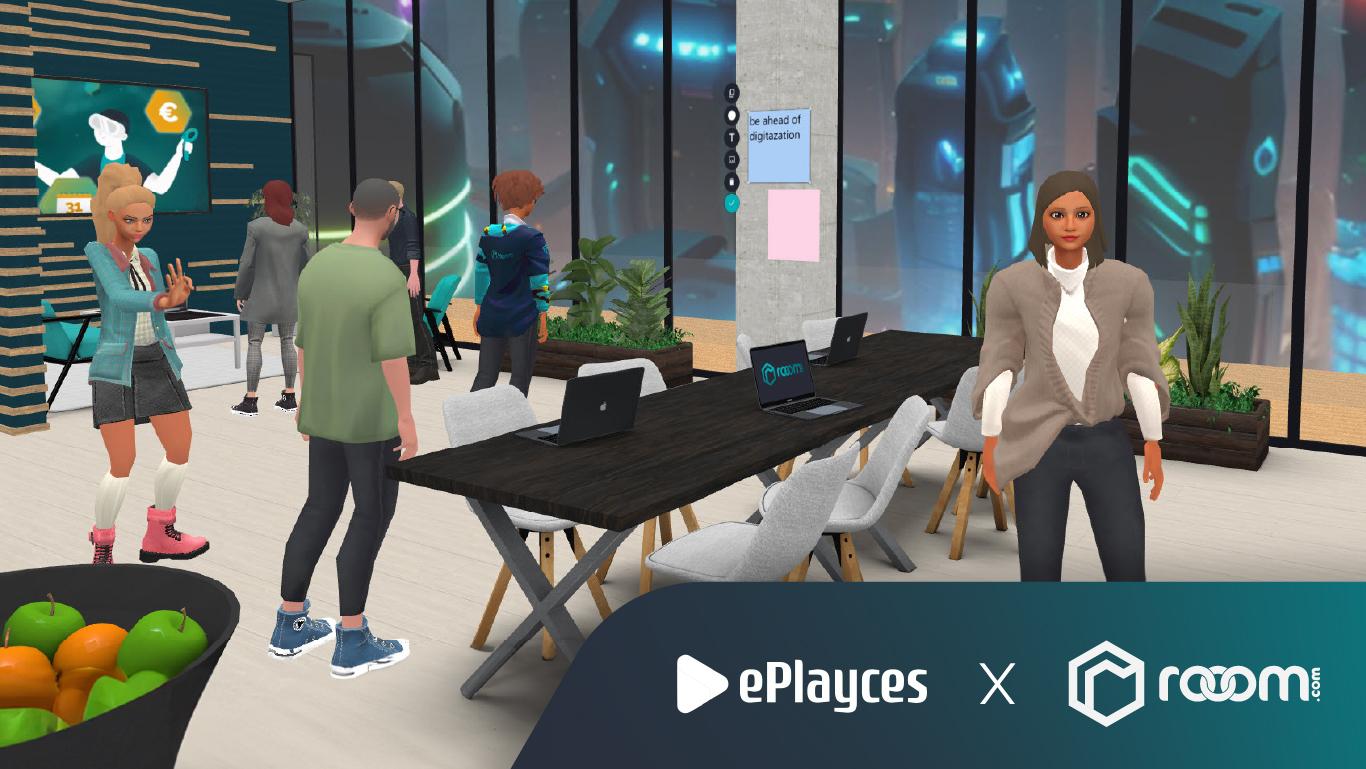Blog
Partner Talk: Deep Dive into the World of NFTs

- rooom Insights & Partners
- Blog
At rooom, we are working on the latest innovations when it comes to NFT platform integrations. We have invited our technology partner CREAT3 to share their expertise in the field of blockchain and tokenization. Together we strive to push technological boundaries to achieve viable digital solutions.
Who is CREAT3?
The Web3 consultants help organizations to establish and execute feasible approaches towards Web3 projects, from concept to implementation. As the official rooom partner for NFT solutions, they support us in developing new innovative features for our customers.
What are fungible and non-fungible tokens?
Need more background info? Learn the basics about NFTs and what is has to do with the metaverse.
CREAT3: Fungible means that something is exchangeable or replaceable, for example one 10-Euro bill can be exchanged for two 5-Euro bills. This is not possible with a non-fungible token, there will only ever be one "real" copy of it and there can never be more than one that is exactly the same. An example from the real world would be a painting, a house or similar. The same mechanism is applicable to NFTs (=non-fungible tokens). Blockchain technology makes it possible for the NFT to serve as an ownership document that clearly assigns the rightful owner and the creator of a digital object.
What are the different types of NFTs?
CREAT3: In general, NFTs can be divided into three categories: Art-NFTs, Collectible-NFTs and Utility-NFTs.
ART-NFTs
The first major use for NFTs is in the field of digital art. A well-known problem are art forgeries: Determining whether a painting is genuine or a fake can only be done by experts. With anti-counterfeiting and quick verifiability through blockchain technology, that allows a look at the history of the work, customers can verify the authenticity themselves.
Collectible-NFTs
The most popular form of NFTs at present are collectibles. An example of this is the "Bored Ape Yacht Club” (BAYC) NFT project. The special feature of collectibles is that they usually have a quantity between 1,000 and 10,000 pieces. Another great aspect of collectibles is the community feeling: Being part of a larger community that actively exchanges ideas on platforms like Twitter or on Discord underpins the sense of community.
Utility-NFTs
Utility-NFTs describe any NFT projects that add value to the holders - aside from art or being part of a community. Utility-NFTs are not meant to just sit in a wallet or gallery - they provide new access points, for example to an event or even items for a computergame. The real power of NFTs lies in utility, which we believe is also the most interesting aspect for the rooom platform. The area of Utility-NFTs will, in our opinion, offer the greatest market potential in the years to come.

What's the architecture of an NFT?
CREAT3: We can say that there are basically two types of data that we need for the creation of an NFT:
- Visible data, like an image, as well as other information such as the name of the NFT, a symbol that defines a collection of NFTs, a description, resale fees and attributes that describe the NFT in more detail. One can use different types of image and video formats for an NFT, and it is also possible to implement Augmented Reality and audio files.
- Metadata that defines the NFT and enables functionality. This is where the real power lies, you can build many interesting functions into the metadata. A simple example of this would be a ticket where you have an attribute that specifies how many free drinks you get with the ticket. Each time a free drink is given out, it is saved until there are none left.

What use cases do you see for NFTs?
CREAT3: In our opinion, it's no longer just about art; this was just the precursor to exploring the technical possibilities of NFTs. They can be more than art and provide an added value in the portfolio of a company. A variety of service and industry sectors can benefit from NFTs and implement them in their existing processes - whether in the form of ticket systems for any kind of events, or as a certificate of authenticity.
Any kind of build-up of internal databases is thereby eliminated, while maintaining data protection on the one hand and transparency, by tracing any transaction due to the blockchain, on the other hand. Pioneers such as VeeFriends, MetaWatch or the current Tomorrowland project have shown the way.
At the same time, this creates a whole new type of prosumers, who no longer just consume, but at the same time have the possibility to resell their NFTs peer-to-peer. Opportunities that would not be possible with today's contracts, such as those in gyms or other service sectors. NFTs do not only have to have a function in one company, but can also be used for partnerships across the board, without the systems having to be coordinated with each other to any great extent.
The majority of NFT use cases are currently still in collectibles, but now let's take a look at where the journey can take us. The concepts that are already feasible could be spectrums in which several themes can be reflected in one NFT:
- Engagement NFT: Reward customers who buy many products from a company, using the concept of loyalty and coupon cards.
- Twin Item NFT: Create a digital twin item of objects that are either digital or analog. An example of this would be a feature we are currently working on for rooom. We can allow 3D objects to be turned into an NFT.
- Social NFT: To show participation in a community, for example a profile picture which is used on social networks.
- Gamified NFT: Functions for this would be tradable items like an in-Game sword or a virtual property in nu.land which can be sold on secondary marketplaces.
- Access NFT: Anti-counterfeiting is very relevant for tickets, this could be solved by NFTs as one can prove to be the owner of the ticket.
- Proof of Completion FT: When a task is completed an NFT is issued or upgraded, for example if one has successfully completed a course.
The conclusion: NFTs as key part of the digital transformation
NFTs are not just a trend - they will become a sustainable part of many companies' digitization strategy. We have realized this and are actively working on the further development of our platform to provide meaningful applications for NFTs. In combination with rooom’s Enterprise Metaverse Solutions, we see great potential for our customers: Embed NFTs into your metaverse spaces, use them to enhance avatars, sell them or give them to your customers as a gift. Users will even be able to turn their own 3D objects into NFTs.
CREAT3 will help us build a bridge between the rooom solutions and NFT technology to deliver an enhanced customer experience. We are happy to team up with professionals like these in the field of blockchain and tokenization. Stay tuned to get our feature updates!
You want to find out how to use NFTs for your metaverse project? Get in touch with our team today. We will be happy to exhange ideas with you.
“We are constantly analyzing viable solutions to use blockchain & NFT in combination with immersive spaces & digital assets. One of our key goals is to put technology & utility use cases, instead of speculation, first!”
Eduard Dehgraf | CEO CREAT3












